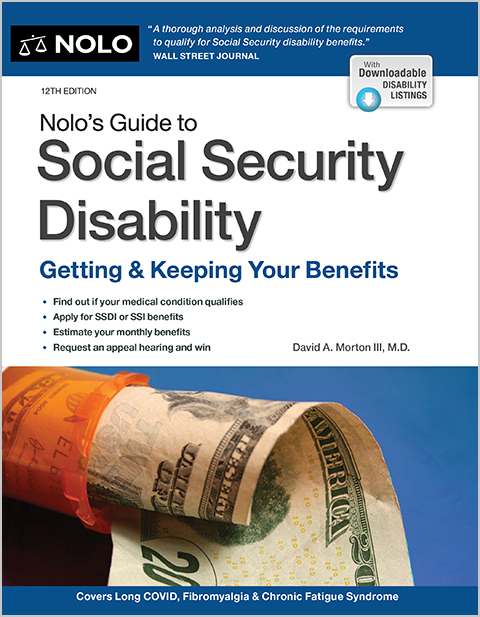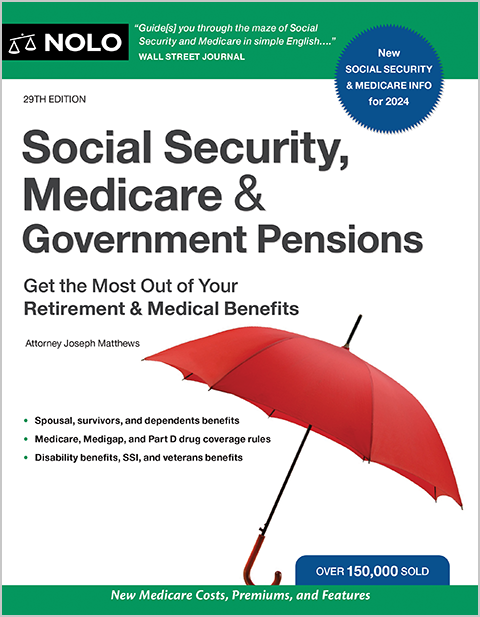Learn about driving provisions and special programs focused on keeping both South Dakota's older drivers and roadways safe.
According to 2022 data from the National Highway Traffic Safety Administration, about 21% of drivers age 65 or older in South Dakota were involved in fatal traffic crashes—higher than the national average of 16.5%. In order to curb the number of accidents and promote good driving, the South Dakota Department of Public Safety (DPS) has certain license renewal requirements and conditions aimed at helping older drivers safely maintain their independence behind the wheel.
- Is There a Maximum Driving Age in South Dakota?
- South Dakota Driver's License Renewal Requirements
- Possible SD License Restrictions for Seniors
- How to Request an Unsafe Driver Investigation in South Dakota
- Parking Placards or License Plates for Disabled Drivers
- Additional Help for South Dakota Senior Drivers
Is There a Maximum Driving Age in South Dakota?
No, there is no age limit for drivers in South Dakota. You can continue renewing your license every five years until it is no longer safe for you to drive, a determination which can be made at the discretion of DPS personnel—for example, if you don't pass the vision test.
South Dakota statute (S.D. Codified Laws § 32-12-32) prohibits the state from issuing a driver's license to anyone who is physically or mentally incapable of driving. If a DPS employee believes that you may have impairments that could make you unfit to drive, you may be required to take a written or road test before your license can be issued.
South Dakota Driver's License Renewal Requirements
While South Dakota driver's licenses expire after five years, you can renew your license online every other time your license expires (once every 10 years), so you can alternate between in-person and online renewal for as long as you're driving. But if you're 65 years of age or older and you're renewing online, you'll need to provide a vision statement form along with the other renewal documents.
The form must be completed by an eye doctor and be dated within one year of the date you apply to renew your license. You can print the form and take it with you for your eye exam, or ask your eye doctor to print and complete the form for you. Make sure that your vision scores (such as 20/20 or 20/80) are recorded on the form.
Possible SD License Restrictions for Seniors
As with most states, South Dakota can issue licenses with certain restrictions that limit the scope of the driver's privileges. The most common restriction for all drivers, whether younger or older, is the need to wear corrective lenses (such as eyeglasses or contacts) while driving. Below is a chart of other conditions that older drivers may have on their driving privileges, along with the corresponding letter that indicates the nature of the restriction on your license.
|
Driving Condition |
License Restriction Code |
|
Can only drive between the hours of 6 A.M. to 10 P.M. |
R |
|
No night driving |
G |
|
Vehicle must have left outside rearview mirror |
F |
|
No driving outside of town |
I |
|
Vehicle must have automatic transmission |
A |
|
Can only drive within 50 miles of residence |
Y |
|
Vehicle must have special equipment |
C |
Drivers who get behind the wheel in violation of the restrictions on their license can have their driving privileges suspended or revoked.
How to Request an Unsafe Driver Investigation in South Dakota
The South Dakota DPS will accept information about potentially unsafe driving from a relative, friend, police officer, court staff, insurance company representative, doctor, state employee, or others with reason to believe that a driver may no longer be qualified to hold a license. If you have firsthand observations of a driver's unsafe practices, you can request that the department investigate their abilities by submitting a Driver Evaluation Request to the following address:
Driver Licensing
118 West Capitol Avenue
Pierre, SD 57501
Requests based solely on age or general health won't be processed, and neither will anonymous submissions. Doctors who diagnose a patient with a disorder characterized by lapses of consciousness—or any physical, neurological, or mental illness likely to impair driving—are encouraged to report that diagnosis to the DPS on a Medical Statement form.
Parking Placards or License Plates for Disabled Drivers
Disabled South Dakotans can qualify for disabled parking placards and license plates if they have a physical disability that limits or impairs their ability to walk. (Blindness or impaired vision is not, by itself, enough to receive disabled parking privileges.) Specifically, you can get a disabled placard or plate if you:
- are unable to walk 200 feet without stopping to rest
- are unable to walk without the use of (or assistance from) a brace, crutch, another person, prosthetic device, wheelchair, or other assistive device
- have a respiratory disease of such severity that your spirometry (breathing test) results demonstrate an FEV1 value of less than one liter or arterial-oxygen tension at rest less than 60 mm/hg
- use portable oxygen
- has a severe cardiac condition classified as class III or class IV according to the American Heart Association, or
- are severely limited in the ability to walk due to an arthritic, neurological, or orthopedic condition.
Getting a disabled placard or plate is fairly straightforward. You'll need to print and fill out an Application for Physically Disabled Parking Permit and License Plates, have a licensed physician complete Section F ("Physician Confirmation") of the form, and mail the application to your local county treasurer's office.
Additional Help for South Dakota Senior Drivers
Knowing when to ask for help is a major factor in keeping senior drivers safe and independent, so it's key to recognize your limitations and the limitations of loved ones who are getting behind the wheel. The South Dakota DPS maintains a useful web page that addresses concerns relevant to senior drivers, including links to aging driver safety courses. Additionally, the South Dakota Driver Manual can be a valuable tool for older drivers looking to refresh their knowledge about the rules of the road.
Even the best drivers make mistakes, however. If you're a senior driver dealing with the aftermath of a collision or driving infraction, you may want to contact an attorney to help you fight your traffic ticket, handle your car accident claim, or get your license reinstated.
Talk to a Lawyer
Need a lawyer? Start here.
How it Works
- Briefly tell us about your case
- Provide your contact information
- Choose attorneys to contact you
- Is There a Maximum Driving Age in South Dakota?
- South Dakota Driver’s License Renewal Requirements
- Possible SD License Restrictions for Seniors
- How to Request an Unsafe Driver Investigation in South Dakota
- Parking Placards or License Plates for Disabled Drivers
- Additional Help for South Dakota Senior Drivers
- Briefly tell us about your case
- Provide your contact information
- Choose attorneys to contact you


